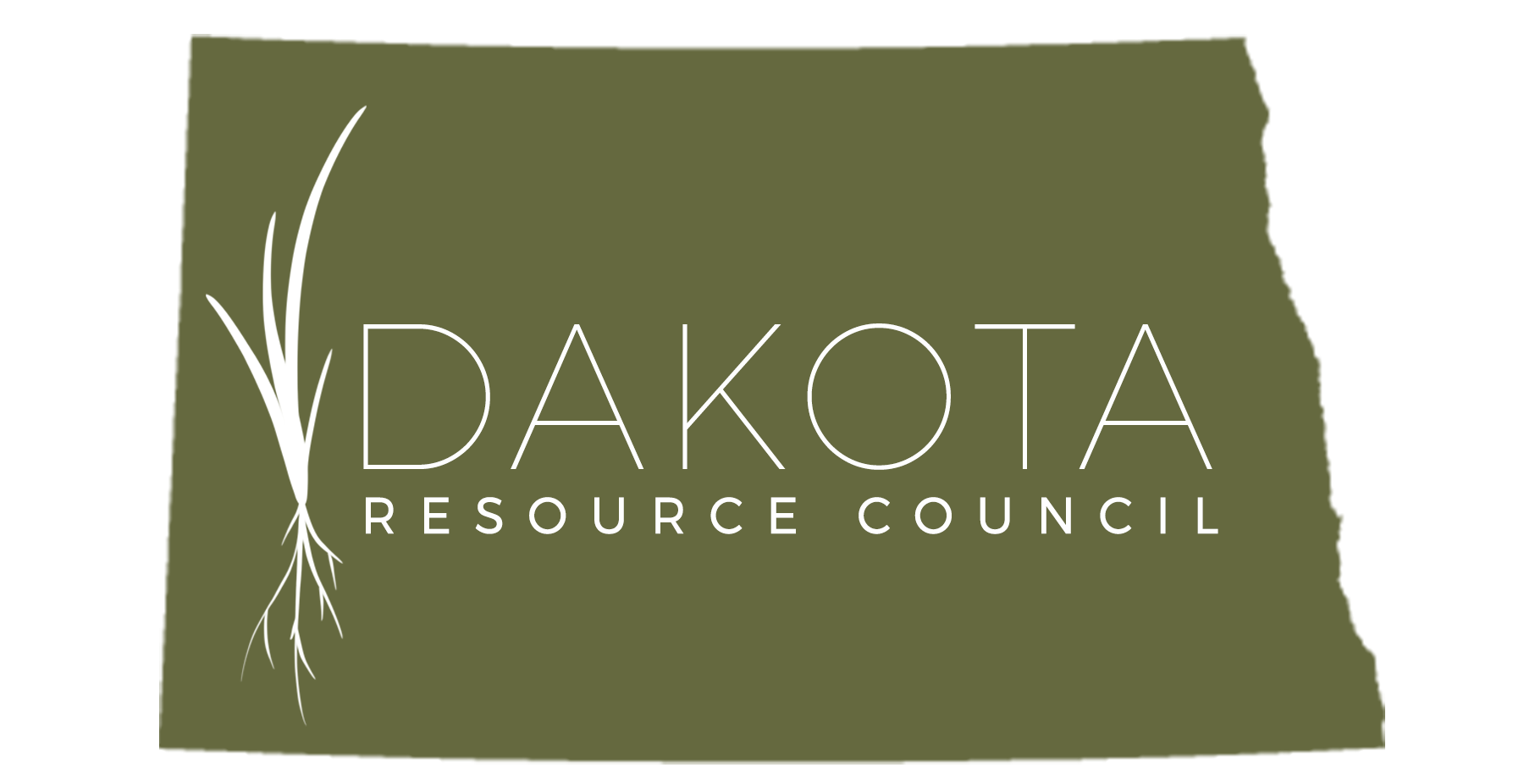Clean Energy
Most of our nation’s electricity comes from coal. The United States has large coal reserves, which make coal an apparently attractive fuel for future electricity needs. But there are a lot of drawbacks. Coal mining tears up huge areas of the countryside. It requires enormous water use. Coal-burning produces many toxic pollutants that threaten human health and the land, air, and water including sulfur dioxide, nitrogen oxides, particulate matter, acid rain and mercury. Most dangerous of all, burning coal is a major source of greenhouse gas emissions, which are disrupting the world’s climate. The U.S. Supreme Court has found that the federal government has the right to limit carbon dioxide emissions. The state of Kansas turned down a permit for a coal-fired plant in October 2007 because it failed to control carbon dioxide emissions. It seems likely Congress will act soon to place a tax or cap and trade system on carbon dioxide—and the result will be the end of cheap coal.
Big Stone II. DRC has played a major role in delaying—and perhaps stopping—the region’s first new coal-fired power plant in two decades, Big Stone II. The plant was to be built in South Dakota, but two of the project partners, Montana-Dakota Utilities and Otter Tail Power, which would use about half of the plant’s production, serve North Dakota customers. They asked for a finding of “pre-prudence” from the North Dakota Public Service Commission for their participation. DRC intervened and pointed out that the plant would not control its carbon dioxide emissions, and that North Dakota ratepayers would get stuck with a big bill when carbon controls went into effect. DRC also pointed out that the plant would bring no jobs or taxes to North Dakota and would further stunt the state’s budding wind energy industry. Another factor in the proceeding was that the North Dakota lignite industry had pushed through a law in 1995 forbidding the PSC from considering the cost of “externalities,” including an eventual tax on carbon dioxide.
Protecting the National Park. DRC is also fighting proposals to site new coal-fired power plants near Theodore Roosevelt National Park, North Dakota’s most visited tourist destination. We have filed objections to air quality permits for proposed power plants near Gascoyne and are organizing local opposition to a new mine and plant near South Heart, just 15 miles from the park boundary. A key issue here is a provision of the Clean Air Act called the Prevention of Significant Deterioration (PSD) standard. This standard limits new pollution in areas that are meeting federal ambient air quality standards, especially national parks and other protected areas. The North Dakota Department of Health discovered PSD sulfur dioxide violations in 1998, then responded by introducing unauthorized PSD measurement techniques that made the violations artificially disappear. DRC is leading the fight nationally to keep these techniques from becoming the law of the land.
Air pollution. North Dakota’s coal plants remain some of the dirtiest in the nation. Most of North Dakota’s plants were built before the most recent Clean Air Act amendments and are “grandfathered” at higher emissions rates than would be permissible today. The most dangerous emissions come from sulfur dioxide, nitrogen oxides, mercury and carbon dioxide. SO2 and NOX are major contributors to asthma and other respiratory illness. SO2 and NOX are also major global warming pollutants, contributing to potentially catastrophic changes in the earth’s climate. Mercury emissions enter the food chain and never break down, increasing the risks of fish consumption. Basin Electric and Minnkota Power Cooperative have recently announced plans to modify the Leland Olds and Milton R. Young plants to reduce SO2 and NOX emissions. However, these projects will not be completed for several years.
Clean coal and real coal. The coal industry brags constantly about “clean coal technologies, such as “integrated coal-gas combustion” and carbon sequestration to reduce SO2 and NOX emissions and eliminate global warming pollution. However, these technologies are very expensive, and the vast majority of proposed new plants won’t utilize them. That includes the proposed South Heart plant, all other projected North Dakota facilities, and the proposed Big Stone II plant in northeastern South Dakota.
Join DRC. You can help work for clean air in North Dakota by joining DRC.


